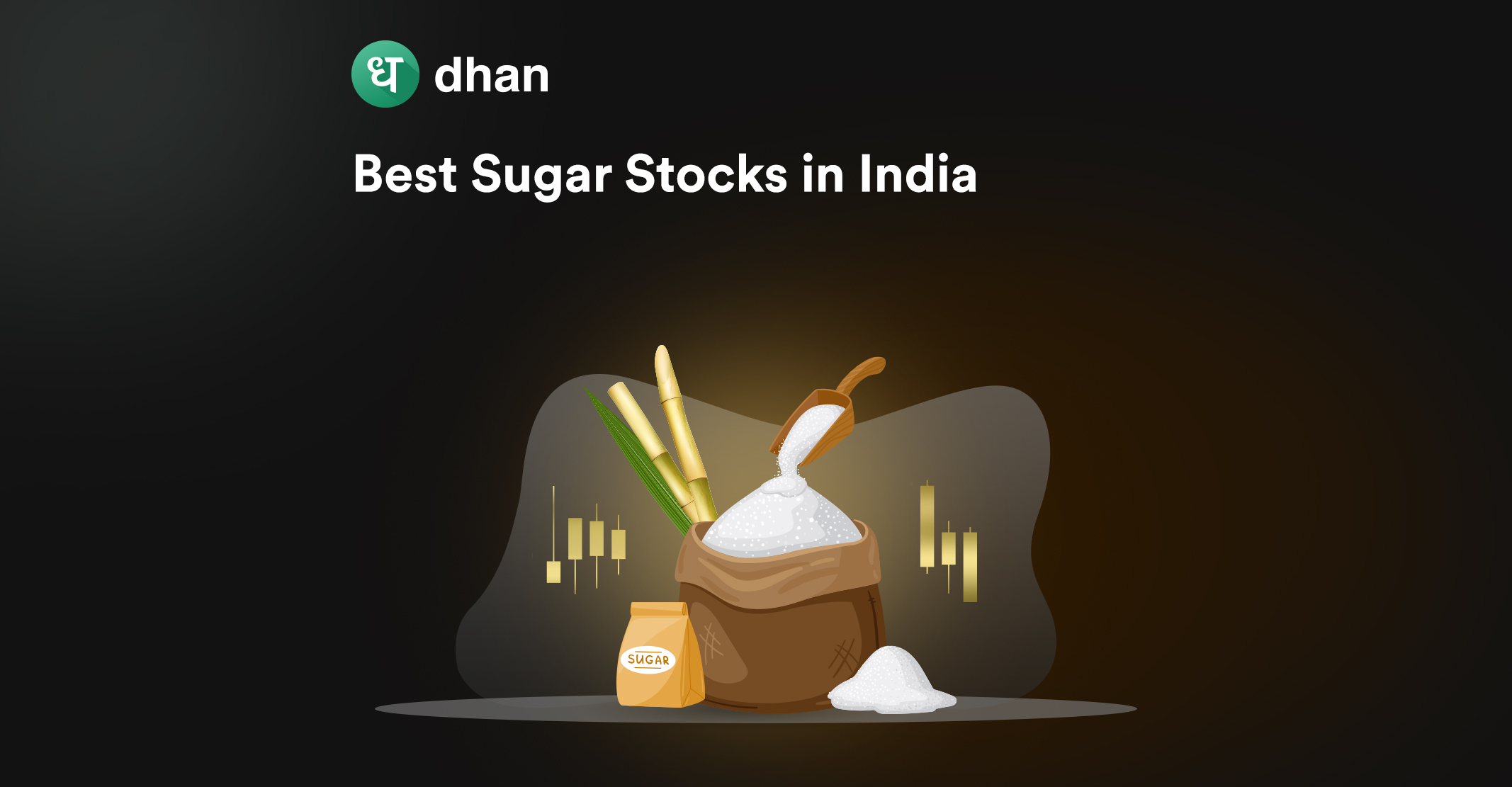There are times when the share price of certain companies can climb so high that it becomes difficult for investors to buy even a single stock. This is when companies usually go for a stock split.
A stock split is one of the corporate actions taken by the company to make its shares more affordable to investors, thereby increasing desirability and liquidity. Let’s talk about it in more detail.
What is a Stock Split?
A stock split is a corporate action that allows a company to reduce the face value of each share, thereby increasing the liquidity and affordability of the stock.
The existing shares of the company are divided into multiple shares, typically in a ratio such as 1:2 or 2:3.
As a result, it increases the number of shares and reduces the share price, but overall market capitalization remains the same.
A stock split is generally done when the shares of the company are perceived to be too ‘pricey’.
For example, Bajaj Finserv had a stock split in 2022 in the ratio of 1:5. Thus every 1 share of a shareholder became 5 shares.
Not long before the stock split, Bajaj Finserv was trading at Rs. 14,579.95, and fast-forward to recently after the split, the share was valued at Rs. 1,596.00.
Similarly, Tata Steel had a stock split in 2022 in the ratio of 1:10. This means shareholders got 10 shares for every 1 share.
A while before the split, Tata Steel was trading at Rs 1,534.60 whereas it was valued at Rs. 124.25 recently.
As you can see, a stock split makes the share affordable to the investors increasing the liquidity.
Why Companies Go for Stock Splits?
Here are some of the reasons why companies for stock splits.
1. Growth Signals
The stock split gives growth signals as it indicates the future growth of the company. It is generally followed by higher returns as many investors buy the shares after a stock split as it becomes less pricey.
2. Affordability
At times it has been observed by the company that the share price is too high making it difficult for buyers to invest in it.
Thus, by splitting the stock the company tries to reduce the price of the share making it affordable to investors.
3. Improves Liquidity
When the price of a stock is low, it has a higher chance of being more liquid, which means it becomes easier for investors to buy and sell the shares.
For example, the shares of TCS can be easily bought and sold compared to MRF.
| TCS Share Price | MRF Share Price |
| Rs. 3,566.00 | Rs. 1,19,158.50 |
Types of Stock Splits
There are basically two types of stock splits that companies undertake. They are as follows:
1. Forward Splits
Forward splits are a very popular type of stock split. Here a company divides the stock into multiple stocks, thereby increasing the outstanding shares of the company.
In a forward stock split, the existing shareholders get more shares of the company at a reduced price.
Suppose the company announces a stock split in the ratio of 2:1. Then each share is divided into two.
So, if a shareholder has 5 shares, after the stock split, he will have 10 shares. Here the number of shares increases but the value of the share remains the same.
2. Reverse Splits
Reverse stock split is opposite to forward stock splits. Here the company decides to decrease the number of outstanding shares by combining multiple shares into one share.
In reverse splits the existing shareholders’ shares get reduced and the share price increases.
Suppose that a company announces the reverse stock split in the ratio of 1:5, then every 5 shares are combined into 1 share.
So, if a shareholder has 10 shares then it would be converted into 2 shares and the price of the share will increase.
A reverse split is generally undertaken by the company when it is struggling financially. It is at times done when the company’s stock price has fallen and there is a danger of being delisted.
Impact of Stock Splits on Share Price
Due to the stock split the number of shares increases and the face value of shares reduces. Apart from this, share prices face volatility during the stock split process.
Before the stock split the record date, the demand for shares usually increases. This results in an increase in the price of shares and after the stock split the price falls.
Examples of Stock Split Events
Here are a few examples of stock split events taken place in the past:
- Karur Vysya Bank went for a stock split in November 2016. The company split the face value of its shares from ₹10 to ₹2 in 2016.
- IRCTC went through a stock split in October 2021. The stock split ratio was 1:5. Due to this the face value of each IRCTC share was reduced from ₹10 to ₹2.
- Global Textiles went for a stock split in August 2021. The split reduced the face value of the company from ₹10 to ₹2.
- Tide Water Oil company went for a stock split in July 2021. The split resulted in a reduction of the face value of shares from ₹5 to ₹2.
Are Stock Splits Important?
A stock split is an important corporate action taken by the company. It reduces the price of shares, hence making it more affordable for investors.
In addition to this due to lower prices, the buying and selling of shares becomes easy for investors. This increases the liquidity of stock in the market.
Conclusion
Stock split reduces the share price which makes the share more affordable for investors. This corporate action follows a common notion of adding liquidity as well as a boost in share price.
You can track stock splits and other corporate actions on Dhan. Watch the video below to know more!



